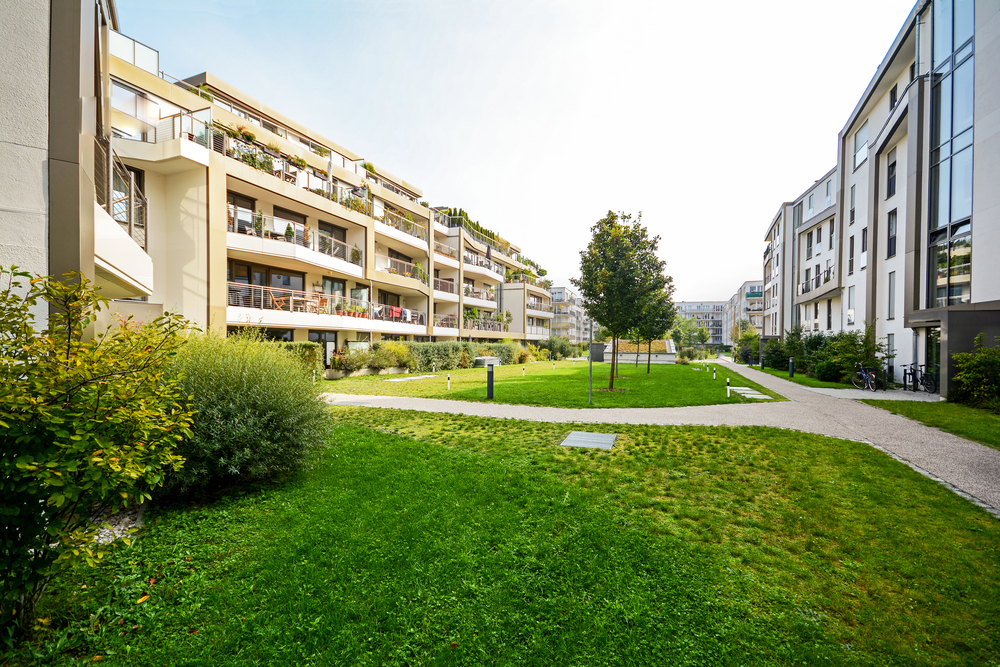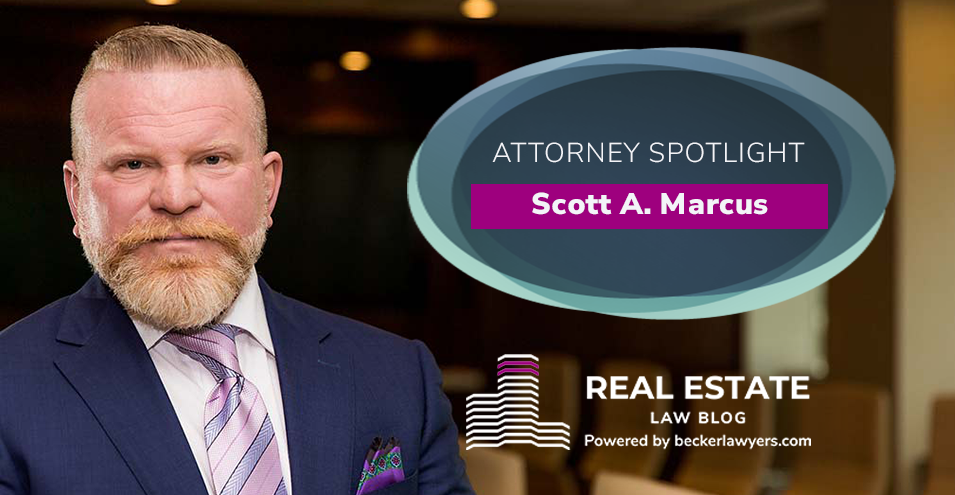
Challenging the New Development Next Door
In most county and city governments, the land use process is one that will allow for some basic decisions to be made at staff levels, with higher levels of review in the form of public hearings required for larger scale projects, or proposals that deviate too far from the established standards for a given development. The public hearings require notice to clearly affected nearby property owners and an opportunity for evidence to be presented by the petitioner, the planning department and defined affected person or groups, so a panel or magistrate can weigh the evidence and make a decision.
Often times, the clearly affected nearby property owners and/or community associations are referred to as NIMBY’s (“not in my back yard”) in an effort to create a negative perception or connotation associated with those in opposition to growth or change. In reality, most developments and change are not always the right fit and the clearly affected nearby property owners should embrace the NIMBY label but prepare properly.
I have the honor of serving on a local community development board that plays such a role and makes decisions concerning proposed developments. In my role, I look past the use of the NIMBY card, and try to pay close attention to those in opposition. I’ve seen and heard some very interesting and compelling arguments that have stopped developments or significantly altered their designs. Often, the opposition follows a formula of energy + emotion + engagement, presented through a poorly laid out plan of action that falls short of evidence and misses the mark.
Energy + emotion + engagement alone is not a substitute for evidence. The opposition could very well be right, but the panel making the decision can only give energy + emotion + engagement so much weight and needs to have some evidence on the record as it makes its decision. The difference is distinct, it is harsh, it is clear, but it is often missed.
Don’t get me wrong, the panel needs to know that the neighbors care and are concerned and the concerns are shared among many that will be similarly impacted. So, yes, 200 people showing up in matching $10 t-shirts, buttons and holding signs (energy + emotion + engagement) makes an impression and will be heard. But if that effort is not matched with evidence, it can only go so far. Consider the following:
- Saying the roads will become unsafe because of “the accident that happened just last week” is not the same as hiring a traffic engineer to rebut presumptions in the petitioner traffic study and provide conclusions based on statistical data and recognized standards
- Arguing the project “looks horrendous” is not the same as hiring a planner to give evidence and offer testimony on design standards and the past applications of the code
- Bold, but bare, statements that a project increases crime or creates unsafe conditions offered as a feeling, is not the same as a professional presenting statistical data on the effect similar projects have had on similar neighborhoods
- Merely having individuals get up to present their evidence haphazardly, hoping the panel will piece it together, is not the same as hiring an attorney to lay out a strategy and bring focus to the key weaknesses of the petition being considered while coordinating the flow and presentation of the evidence
If your neighborhood or community is faced with a significant change in your back yard, energy + emotion + engagement is vital, but a better formula is energy + emotion + engagement + evidence presented strategically and in a focused manner. Consider using the very same meeting called to raise awareness to the problem as an opportunity to also identify the financial resources available to gather the right team. Undoubtedly, the petitioner will be there with its army because they are in it for a profit.
Even with the right team the opposition may not always win, but neither does the petitioner. However, you can level the playing field with energy + emotion + engagement + evidence.




No Comments